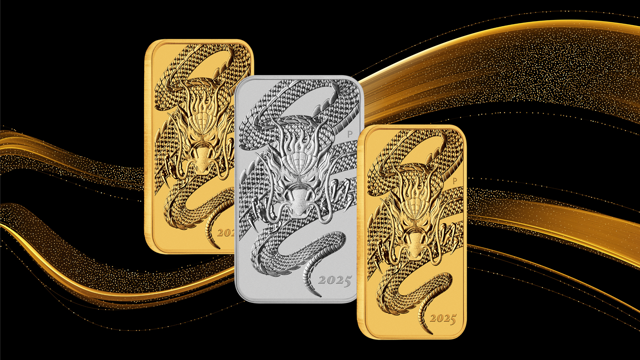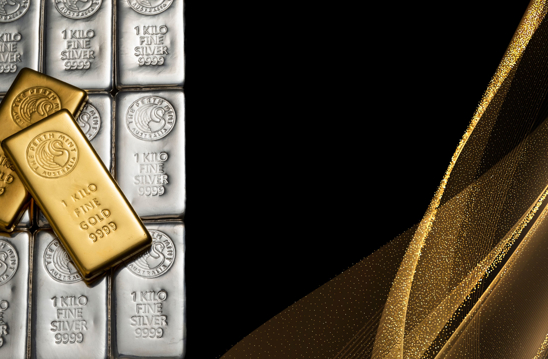The 1980 rally was driven by a raft of financial and geopolitical crises – the Iranian revolution, the oil price spike and the Soviet invasion of Afghanistan.
In resorting to gold, investors demonstrated their faith in its historical role as a safe haven in difficult and dangerous times.
As the decade progressed, Western countries gradually reined in inflation and unemployment. Gold fell out of favour somewhat as the New York Stock Exchange index nearly quadrupled, going from just over 500 to almost 2,000.
Amid strong economic growth in the 1990s, interest in gold declined further and at less than USD 300 an ounce at the beginning of the new century, the investment case for gold appeared weak.
Astonishingly, though, the metal was about to embark on its most powerful bull run in history. Over the ensuing decade the price was destined to increase eightfold, peaking at just over USD 1,900 an ounce in 2011.
The backdrop to this incredible rise was one of international emergencies and financial turmoil. Key events of the period include the 9/11 terrorist attacks, the invasion of Iraq, and the granddaddy of them all from gold’s perspective, the financial meltdown of 2007, the ensuing global financial crisis and efforts to contain its worst impacts through quantitative easing.
In reaction, seasoned investors sought gold as a hedge instrument – a position with the potential to offset losses in other assets within an investment portfolio.
At the same time, central banks began a buying spree, with China for example raising its gold reserves from just. 600 tonnes in 2002 to 1,054 tonnes by 2009. They have continued to buy in the decade since, with official gold holdings now approaching 2,000 tonnes.
It wasn’t just China that was buying, with central banks in a number of other countries including Russia, India, Kazakhstan, Korea, Mexico, Poland, the Philippines and Thailand also adding to their reserves, with low to negative interest rates and successive rounds of quantitative easing across the developed world encouraged predominantly emerging market central banks to diversify their foreign exchange reserves.
And with the hype around the rising gold price, a large number of speculators also jumped on the precious metal bandwagon.
Where are we today?
From its peak, gold declined to around USD 1,000 at the end of 2015.
From April 2013 until just recently, there has been a lack of significant volatility in the gold price, which has traded in a band of between USD 1,000 - 1,450 per ounce. Even at this level, however, gold is at historically high levels.
In 2016 the gold price began trending higher again, and in Australian dollar terms has continued to post new highs since June 2019.
Some commentators see this as the beginning of a new bull market for gold. The factors they use for this argument include:
- Gold has re-established its reputation as a safe haven after doubters appeared to question this in recent years.
- Interest rates remain low and appear to be going lower still, encouraging investors to chase returns in shares and property which may be reaching bubble territory in some parts of the developed world.
- Geopolitical and trade tensions remain high – Brexit, the Iranian nuclear deal and US-China trade talks are among key issues contributing to current disquiet.
- Central banks worldwide continue to signal their concern by buying record levels of gold.
Without doubt, this is a powerful mix of factors with the potential to continue gold’s exhilarating ride since 1971.











